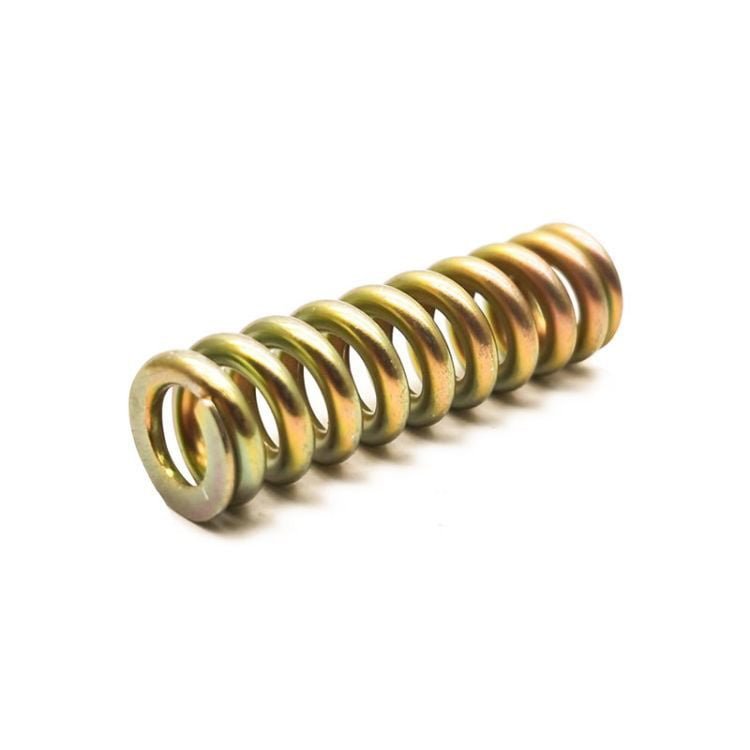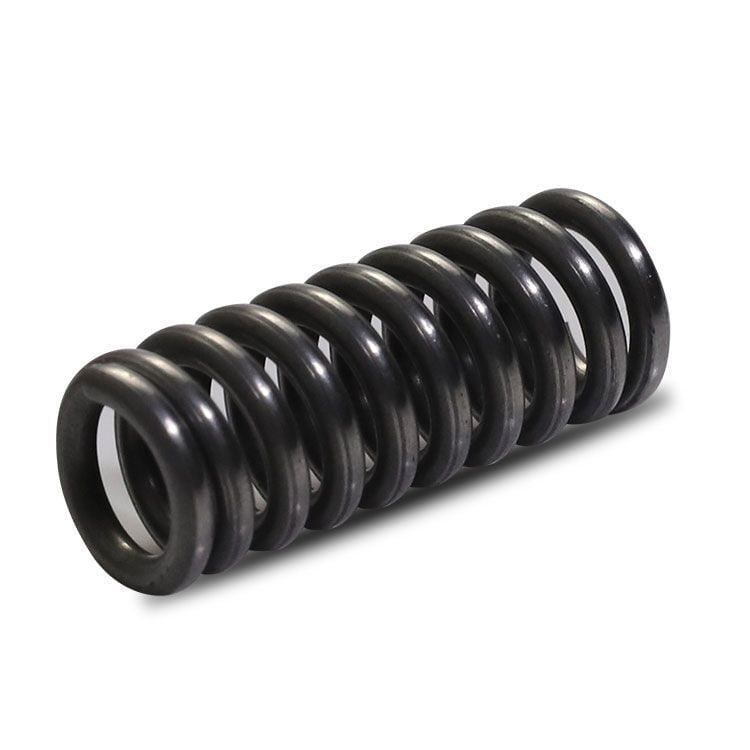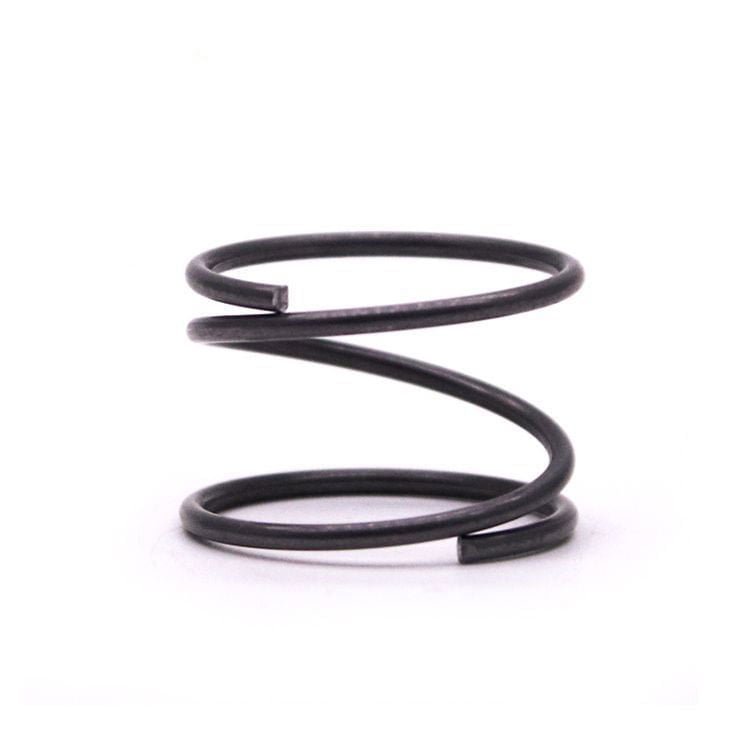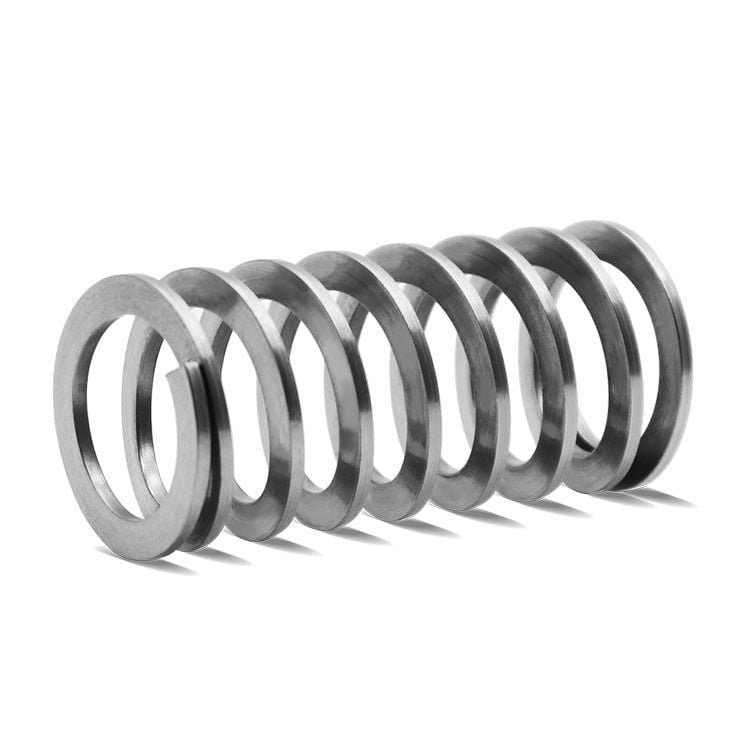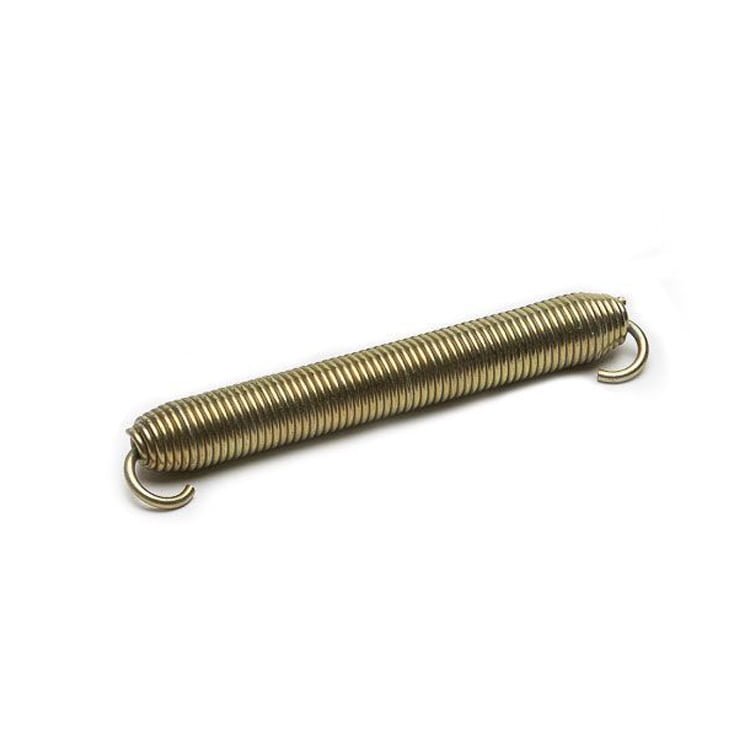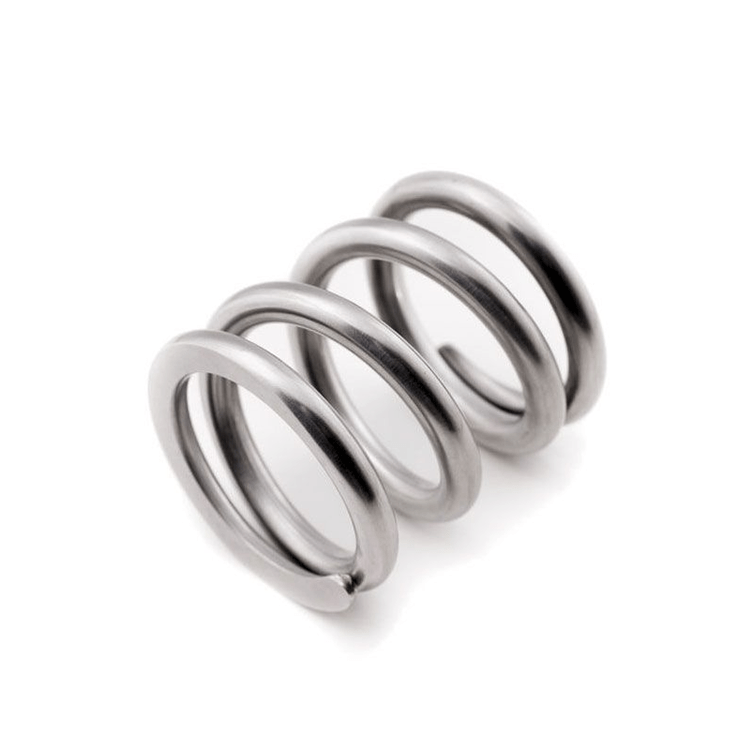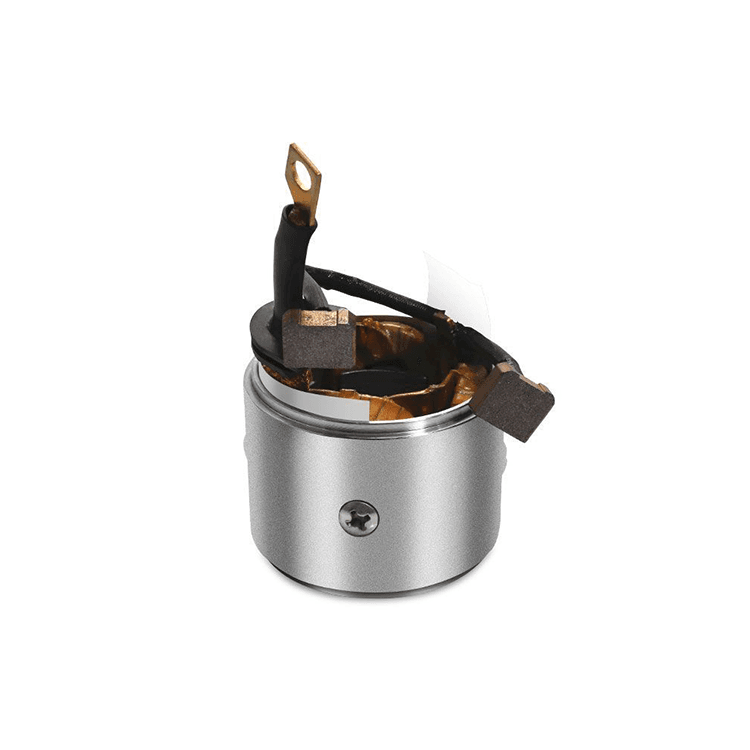Rotational spring
Rotational spring get their name from the way they work, because these springs deflect in a rotational manner, unlike compression and tension springs that deflect in a linear manner, and the force and stroke process is called torque.
Rotational spring can be used in products such as LIDS, hinges, trailer ramps, where they can help harmony items rotate back to their original position (such as a turnstile in a sedan), or as weight AIDS, such as ramps on trailers. The torque of these springs is measured in inches pounds, as it is not only the force applied that needs to be considered, but also the weight of the door, hatch, cover, or ramp applied.

Let’s talk about ramps, where you might need two or three rotating springs to get the torque and deflection you need. Since the door hinges are small, there is limited space and springs are needed to support this ramp, so trying to pull it down with one spring may mean you can meet the torque or twist the spring rate, but the rotational spring will be under a lot of pressure, which means it won’t be able to deflect much.
Measurements and specifications to consider when designing a Rotational spring are as follows:
- Wire diameter
- Outside diameter
- Inside diameter
- Body length
- Total coil number
- Free position Angle
- Leg length
- Type of material
The wire diameter is basically the thickness of the wire. You can use this dimension to calculate the outside and inside diameters. If you want to calculate the inside diameter, subtract two wire diameters from the outside diameter. If you want to calculate the outside diameter, add two wire diameters to the inside diameter. This means that changing the wire diameter dimensions affects these measurements, and since most rotating springs are mounted on shafts whose inner diameters shrink under torque, you have to be very wary of this size and the tolerances it sets.
The body length is determined by the wire diameter and the total number of coils. This means that to control the body length limit, you must pay attention to the wire diameter and the total number of coils. It is calculated by adding an extra coil to the total number of coils and then multiplying the product by the wire diameter.
The free position Angle is also related to the total number of coils, but this value depends only on the last coil or the last part of the coil. If the total number of coils is an integer, the Rotational spring has a free position Angle of 0º or 360º. If it is a mixed number, that is, an integer with a fraction or decimal, then to calculate the free-position Angle, you must multiply that fraction or decimal by 360. In terms of leg length, they must be long enough to reach the parts responsible for applying torque to the spring.
Finally, the material type is selected according to the environmental requirements of the spring. If the radial spring needs to withstand high temperatures or corrosive environments, you may want to use our stainless steel materials. If you need a spring that is not magnetic, you can choose stainless steel 316 A316 or copper derived material type. If the spring does not need to withstand these harsh conditions, you can choose wire ASTM A228 or hard drawn ASTM A227, which is the most economical type of material. Zinc plating, black oxide, gold plating and other plating options are also available.
Rotational spring also known as torsion spring, the coil of the wire spring is twisted to perform rotating motion, twisting and releasing, they will store and release energy.
The first dimension that must be determined in the design of a Rotational spring is the wind direction, which will determine which leg of the spring will rotate clockwise or counterclockwise, the front leg or backward. One of the legs is likely to be stationary, which is why the wind direction is important.
Rotational spring are also divided into left and right rotation, you need to choose the right rotation spring according to your specific application.








